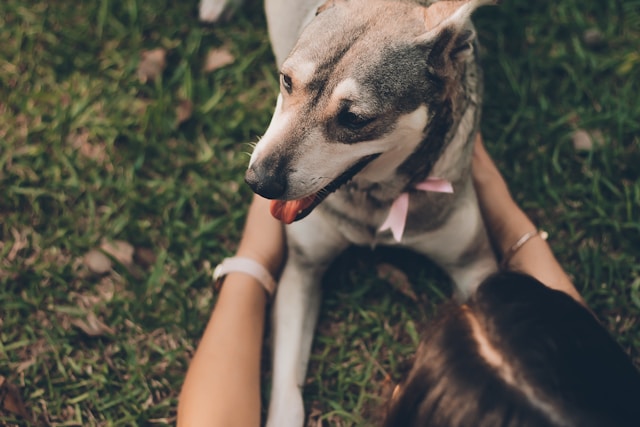From the moment you see your pet’s eager eyes or feel the soft brush of their fur, a warm sense of joy floods in. For many of us, our pets aren’t just animals they’re family members, confidants, and daily sources of comfort. But why do we feel such deep affection for them? Science has a lot to say about the human-animal bond, revealing fascinating biological, psychological, and cultural factors that explain why we love pets so much.
The Biological Perspective
One of the strongest explanations for our attachment to pets lies in biology. When we interact with our furry companions whether through cuddling, petting, or even making eye contact our brains release oxytocin, often called the “love hormone.” This same hormone strengthens bonds between parents and children and between romantic partners. In other words, spending time with a pet literally rewires our brains for love and connection.
In addition to oxytocin, pets can trigger dopamine and serotonin release, chemicals responsible for feelings of happiness and relaxation. This neurological reward system means that every belly rub, purr, or tail wag gives us a positive emotional boost. From an evolutionary perspective, humans have benefited from keeping animals close for thousands of years. Dogs helped with hunting and protection, while cats kept food stores free of pests. Over time, these practical relationships evolved into emotional ones, creating the powerful pet-human connection we know today.
Psychological Reasons We Love Our Pets
On a psychological level, pets provide a type of companionship that’s free from judgment or criticism. They offer unconditional love an emotional constant in a world full of uncertainty. This reliability fulfills deep human needs for security, belonging, and acceptance.
Another psychological factor at play is anthropomorphism the tendency to attribute human emotions, intentions, and personalities to animals. We see our pets’ playful looks as smiles, their loyalty as devotion, and their quirky habits as expressions of character. This mental process deepens the emotional connection, making them feel like genuine members of the family.
Social and Cultural Influences
The human-animal bond isn’t just personal it’s shaped by culture and history. Ancient Egyptians revered cats, Native American tribes respected animals as spiritual guides, and in Victorian England, pet keeping became a widespread symbol of affection and status.
Today, pets are woven into the fabric of our daily lives. Pet-friendly workplaces, dedicated animal holidays, and countless pet social media accounts celebrate our furry friends. Media also reinforces this love by portraying pets as loyal companions and even heroes, influencing how society as a whole views the importance of animals in our lives.
Health and Well-Being Benefits
Beyond emotional satisfaction, pets contribute to physical and mental well-being. Studies show that interacting with pets can reduce stress, anxiety, and even blood pressure. Pet owners often enjoy higher levels of daily activity whether it’s walking a dog, playing with a cat, or cleaning a rabbit’s enclosure.
From a mental health perspective, pets can help alleviate loneliness and depression. The routine and responsibility of caring for an animal also provide structure, which can be especially beneficial for individuals struggling with mood disorders. The joy of watching your pet’s antics or simply having them by your side offers a natural mood lift.
Mutual Affection: Why Pets Love Us Back
It’s not just a one-way street scientific evidence suggests that pets form emotional attachments to humans as well. Dogs, for example, experience elevated oxytocin levels when interacting with their owners, mirroring the biological responses we have to them. Cats, while often more independent, show affection through behaviors like kneading, purring, and following us around the house.
Even small pets like birds, guinea pigs, and reptiles can form bonds, showing excitement when their owners appear or displaying unique behaviors that reflect trust and familiarity. This mutual affection reinforces the cycle of love and care, making the relationship deeply rewarding for both sides.
Conclusion
The science of why we love our pets combines biology, psychology, and culture to explain one of life’s most cherished relationships. From the oxytocin rush of a cuddle to the centuries-old traditions of animal companionship, our affection for pets is deeply rooted in who we are as humans.

